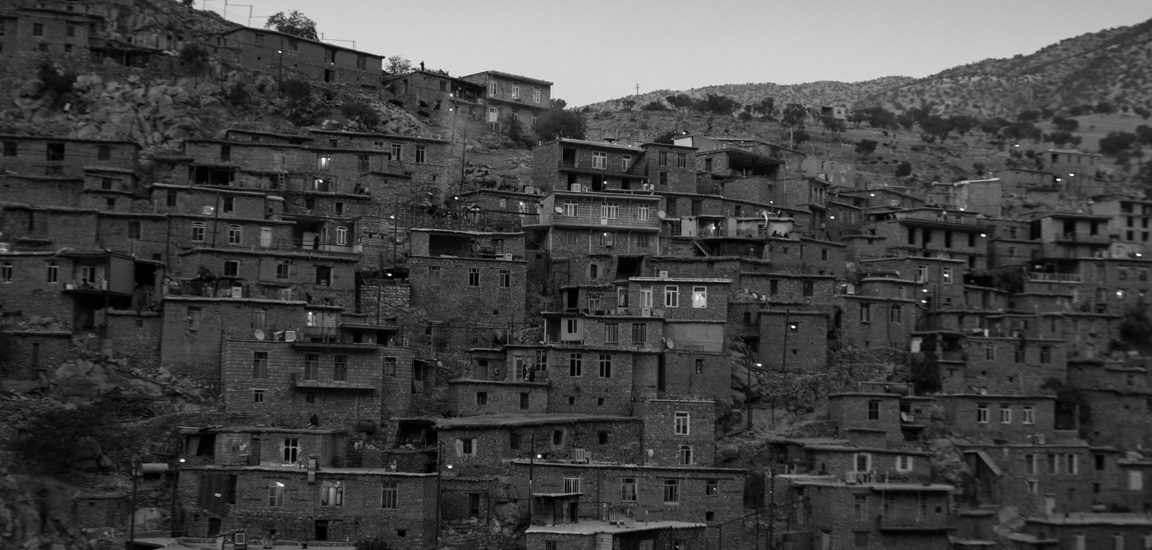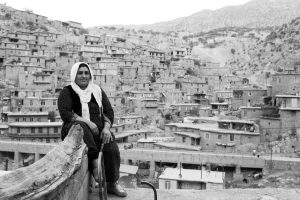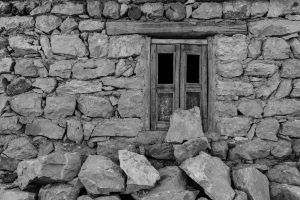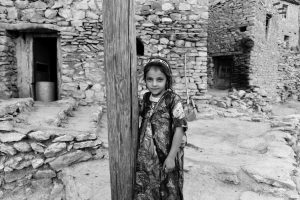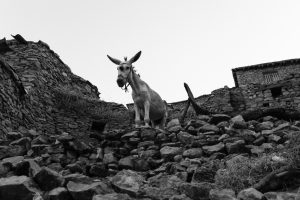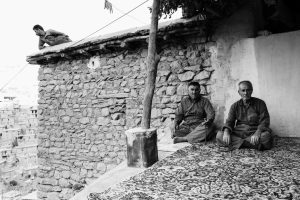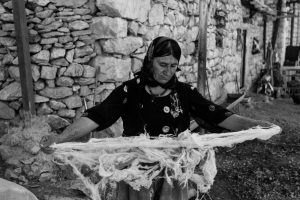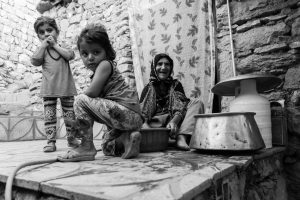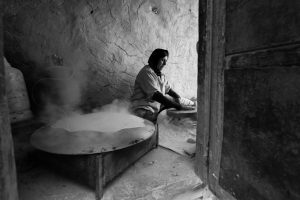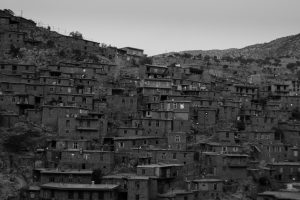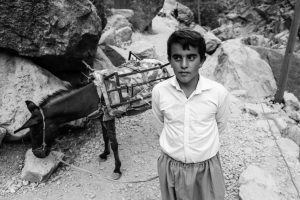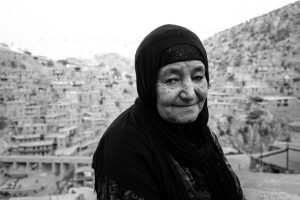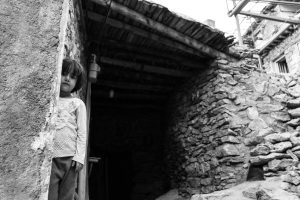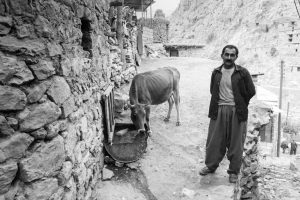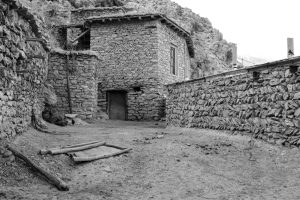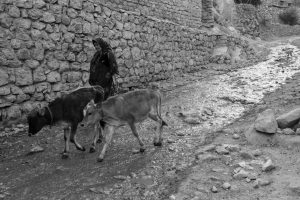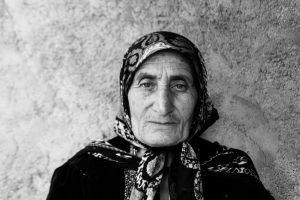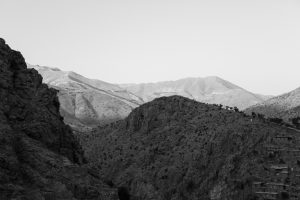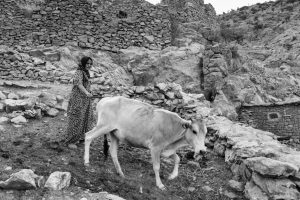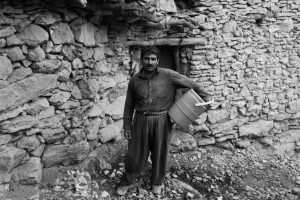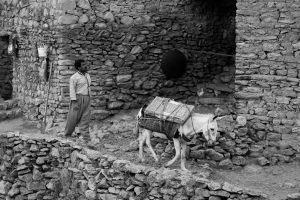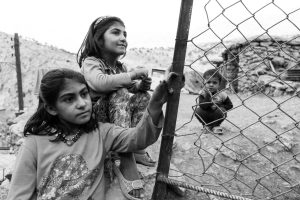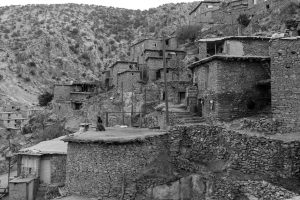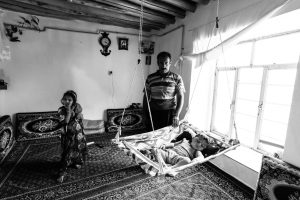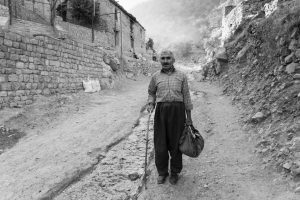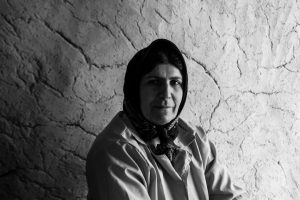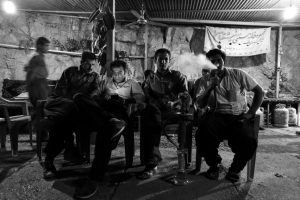Nestled amidst the ancient Anatolian and Zagros mountain ranges, between the legendary Tigris and Euphrates rivers, exists the Kurdish people—an ethnically rich community that remains the most significant minority in the East without a sovereign state of its own.
In the aftermath of the First World War, as Western powers redrew the maps of the Middle East to serve their interests, the Kurdish population—deeply rooted in the region’s history—found themselves without a nation to call their own.
Kurdistan, the historical homeland of the Kurdish people, is geographically fragmented across the modern-day borders of Iraq, Iran, Syria, and Turkey. This division placed the Kurdish diaspora in the heart of Mesopotamia, a region of immense geopolitical importance.
With a population surpassing forty million, the Kurdish people are spread across this coveted land, where more than 70% of Iraq’s vast oil reserves are found, alongside a substantial portion of Iran’s crude wealth. Furthermore, Mesopotamia houses the region’s freshwater sources, making it an agricultural powerhouse.
Palangan, a Kurdish town situated near the Iran-Iraq border, provided my first window into the rich tapestry of Kurdish culture and the complex reality they face. Their history, deeply intertwined with their homeland, serves as an enduring source of inspiration for me to embark on a long-term photographic project dedicated to the Kurdish people.
The Kurdish experience, marked by their indomitable spirit and enduring hospitality, beckons to be explored. It’s a testament to the resilience and rich cultural heritage of a nation that thrives despite the geopolitical challenges they face in their quest for self-determination and recognition on the world stage.
Palangan, Kurdistan, Iran.
